- Category
- World
In Memory of Whale Spy Hvaldimir, Exposing Russia’s Cruel Sea Animals Programs
-b1e6445f21d1d32937d72af887ff3ba7.jpg)
Russian forces keep using marine mammals in the Black Sea as military weapons against Ukrainian drones. The Soviet-inherited programs are akin to animal cruelty and endanger dolphin species on the brink of extinction. The recent death of Hvaldimir, Russia’s famous beluga whale spy, shows that no animal is safe in Russian hands.
Hvaldimir’s body was unrecognizable—and his death was suspicious at first. After all, Russia was known to kill its former spies, even as far as in the cold waters of Norway.
Rumors of his brutal murder by gunshot quickly arose when his corpse was discovered floating at sea near the port of Risavika on Sept. 1. Still, the police were hesitant to open an investigation.
On October 4, post-mortem conclusions finally revealed the truth: Hvaldimir had died of a mouth infection from a stick lodged in his mouth. After all, Hvaldimir was a beluga whale.
Hvaldimir became famous in Norway after being discovered in Norwegian waters in 2019, wearing a harness reading “Equipment of St-Petersburg” and a GoPro camera.
Before his unfortunate death, he spent his retirement roaming free among the fjords, released from his duty by the government he was allegedly spying on.
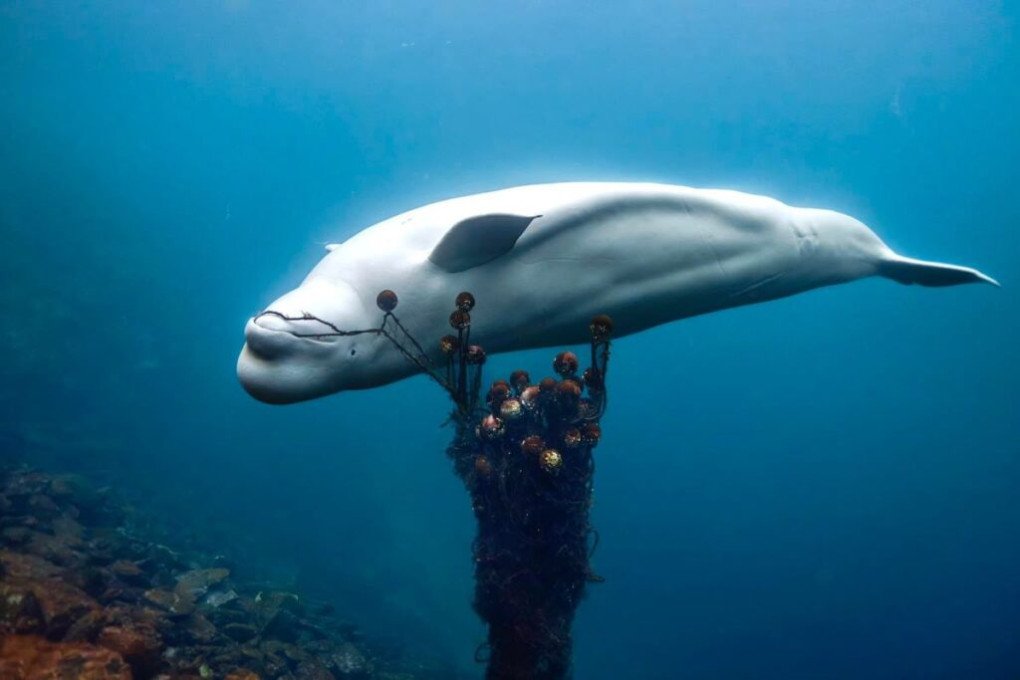
Russia has a long history of using programs to weaponize marine mammals, including dolphins, whales, and seals, programs allegedly bolstered by its need to defend the coasts of illegally occupied Crimea.
Russia has been enhancing the security of its naval base at occupied Sevastopol, Crimea, with pens, the equivalent of submarine floating cages where Russian troops hold specially trained dolphins to spot Ukrainian divers, revealed a 2023 report by the UK Defense Ministry.
In 2023, six to seven dolphins were reportedly guarding the Crimean Bay.
Marine mammal specialist Pavel Goldin told us that these Soviet-inherited methods are not only outdated and cruel but also useless.
“Ukraine uses drones for military operations at sea, like Sea Baby and MAGURA,” he said. “Instead, Russians use dolphins—in the 21st century, it’s like using elephants on the battlefield.”
Soviet program
“It’s cruel and useless because there’s no proven evidence that marine mammals can be used this way,” Goldin said.
The Soviet Union started training marine mammals in the late 1960s at the navy base of Sevastopol. The dolphins were reportedly trained to plant explosives on ships and search for mines, military swimmers, or costly equipment lost in the Black Sea.
Bottlenose dolphins “click” to communicate underwater and echolocate themselves with impressive accuracy—an ability the Soviet military quickly tried to apply to its war purposes.
They also have high cognitive and communication skills, making them easy to train.
Dolphins are highly effective in detecting saboteurs, achieving a success rate of 80%, reported Ukraine’s defense website Militarnyi. Their detection rate can reportedly approach 100% in the open sea.
Dolphins were also used to retrieve archeological objects on the seabed.
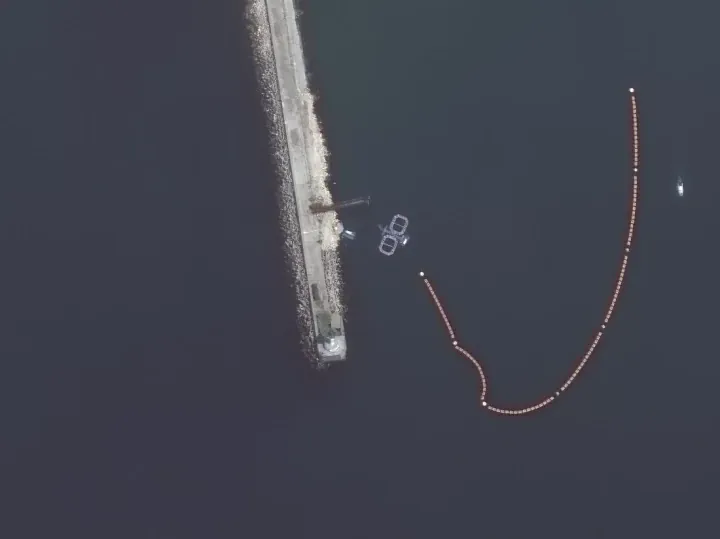
The base later became the State Oceanarium Research Center, which changed hands when the Soviet Union fell apart. Located in Kozacha Bay, it was first under the patronage of the Ukrainian Navy and became a zoological reserve in 1998.
The center focused on underwater biotechnical systems research and provided training for animal trainers, divers, and search and rescue personnel. It also participated in biodiversity conservation efforts and conducted “dolphin therapy” for rehabilitation purposes.
The Ukrainian Navy resumed training programs in 2013 for ten dolphins assigned with tasks focused on underwater object detection and retrieval. At the time, the Navy didn’t answer to speculations of using combat dolphins.
Russia took over the base in 2014 when it illegally annexed Crimea, and many of the dolphins trained by Ukraine reportedly died under Russian captivity, reported Ukraine’s former representative in Crimea, Boris Babin.
“I can’t really get the idea behind keeping dolphins in cages inside the Bay of Sevastopol,” Goldin said. “They just suffer from hearing underwater explosions and other military sounds.”
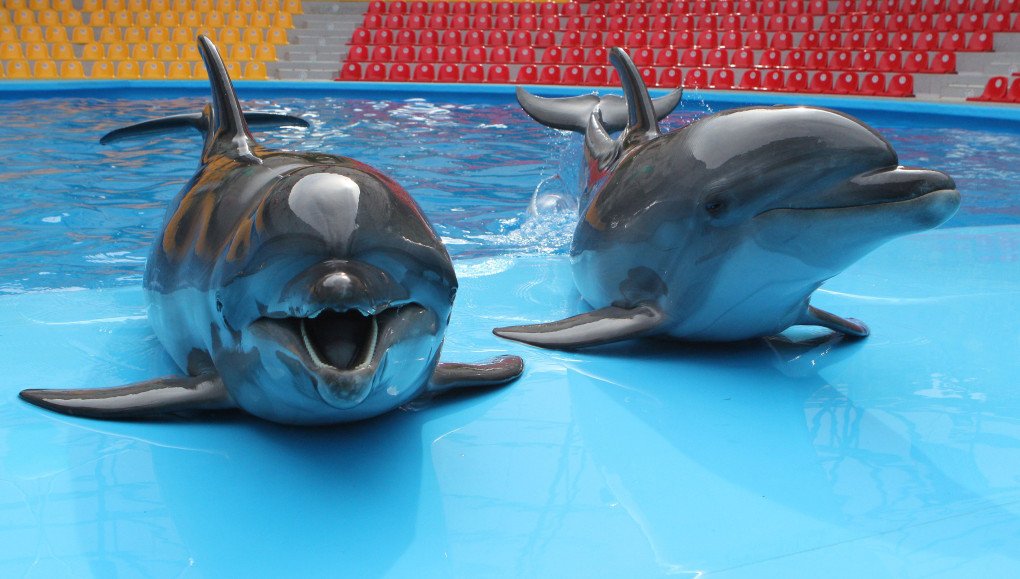
Endangered species
These methods, akin to animal cruelty, threaten the Black Sea’s dolphin population, said Goldin.
The use of Black Sea bottlenose dolphins is heavily detrimental to this sub-specie of dolphins, which is already endangered, the expert said.
Their population is structured and divided into small, vulnerable groups living in coastal waters, he said. Even though the number of captured dolphins is secret, taking only a few of these animals from the group per year can threaten the entire dolphin community.
“For example, if they take pregnant females, it means that they remove the most successful reproductive part of this group and the potential offspring,’” he said. “It destroys the social and demographic structure of the group.”
Military activities in the Black Sea have killed thousands of marine mammals and cetaceans since the start of the full-scale invasion, with at least 2.500 found dead in the first six months, reported Ivan Rusev, head of the research department of the Tuzly Estuaries National Nature Park in the Odesa region.
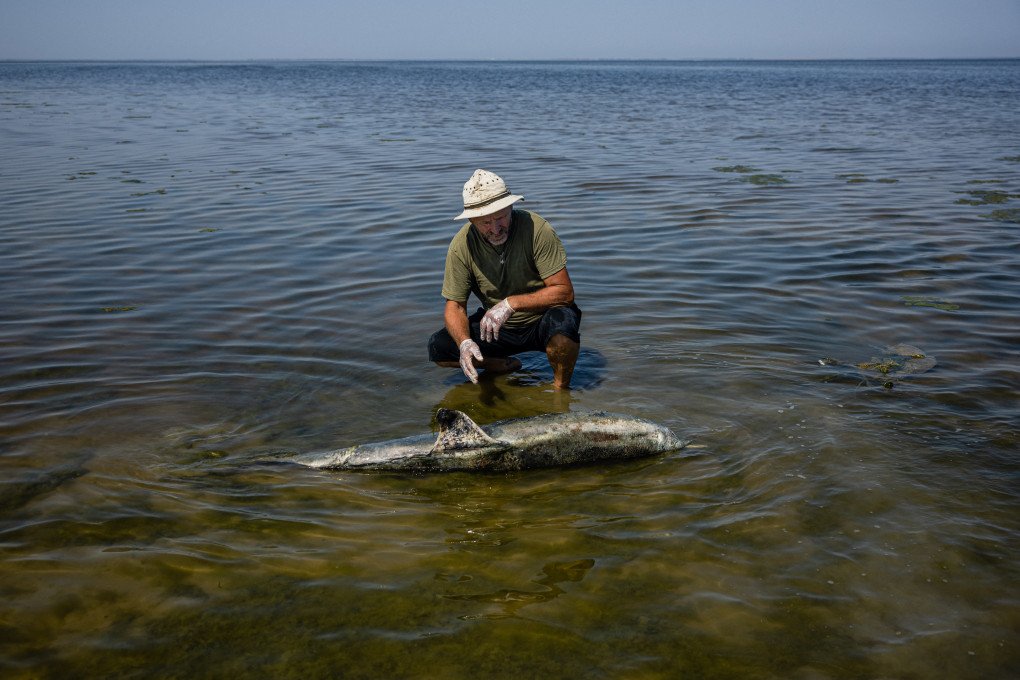
Russia is committing yet another ecocide in the region, and the use of combat dolphins behind its James-Bond-esque feature adds up to the destruction of the environment. Yet, bringing Russia to repair the destruction it left behind will prove hard.
Russia, like the UN Security Council, continues to chair many international conventions that are supposed to protect wildlife and biodiversity, says Goldin. “They violate them all,” he added. “The presence of Russia at all kinds of nature protection bodies and conventions is a perversion. They do nothing to protect nature; they do everything to destroy it.”

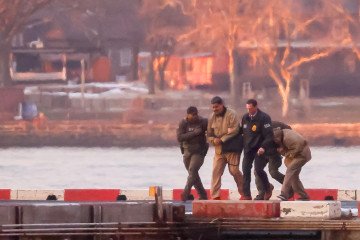
-29a1a43aba23f9bb779a1ac8b98d2121.jpeg)
-c9be02aad2c169e14ebc2a41d0ba02dc.jpg)
-605be766de04ba3d21b67fb76a76786a.jpg)
-56e0bfa71829348120777fba0ad5ba46.png)

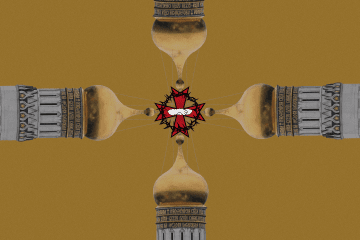
-46f6afa2f66d31ff3df8ea1a8f5524ec.jpg)